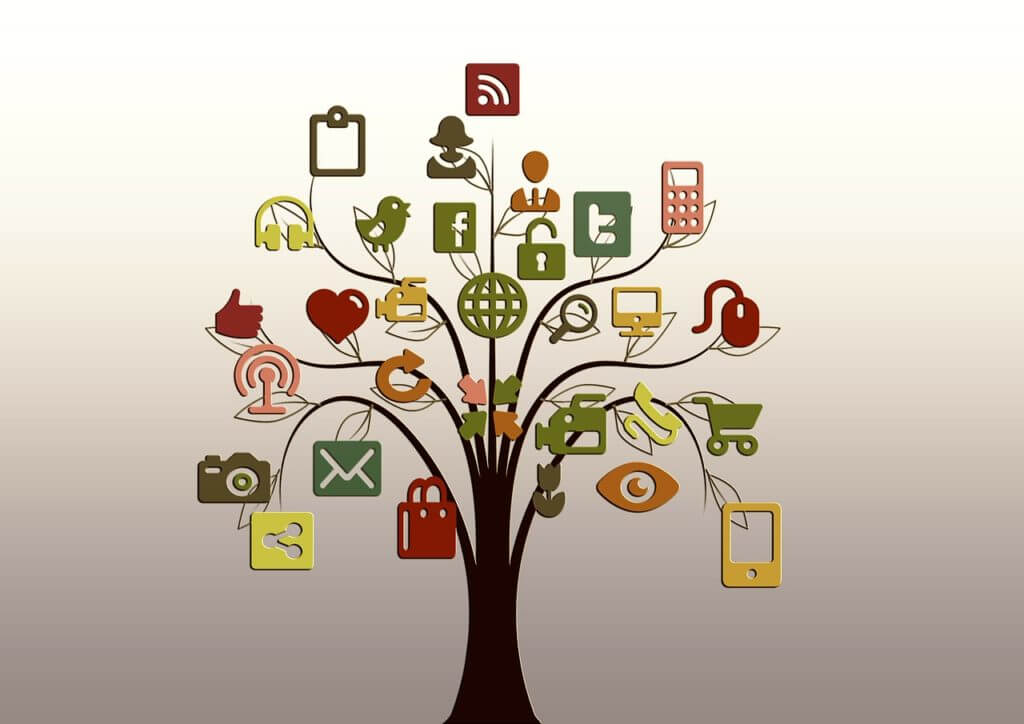Over the past few years, the term “social selling” has become quite popular. You can sign up for webinars, download eBooks, take courses, and more, all to learn how to socially sell. However, at what point does social selling become just selling?
Social selling still seems like a specialty for most people. Many don’t wish to try out new social strategies, and if they do, they do so timidly. However, there are many changing factors about how salespeople use social media. Within the next few years, “social selling” — the term, not the practices — will become a thing of the past.
Here are a few thoughts on why adoption rates for social selling will skyrocket and why migrating to a comprehensive selling strategy is the most logical and profitable action your sales team can take.
Technology Adoption Rate
Social selling will become a routine part of the selling process when sales and marketing teams not only fully embrace technology, but also become comfortable using it. Any company can purchase a SaaS platform, but the real test is how well your company utilizes it. Just because sales teams have access to certain technologies does not mean they are going to use them, or use them accurately, so it’s important to have thorough training on all technology within the sales process. And to be clear, training is needed not only for salespeople to learn the technology but to also feel comfortable using it- there is a difference.
Then, go one step further: Is your team taking advantage of all the capabilities that platform has to offer? As a company owner or department executive, it’s your responsibility to ensure that you’re getting as much return and use out of your technology as possible. Be sure to routinely review each technology you purchase, their offers, their updates, and your team’s adoption rate.
The Rise of Millennials
Millennials are known for their social media use and their social media hacks. The more Millennials that join sales and marketing teams, the more likely that team will have a higher adoption rate of technology and will take advantage of increased connectivity through program or platform options. Millennials are now moving up the corporate ladder, so their team trainings may focus heavily on incorporating social selling into the routine sales process, inevitably closing the gap between social selling and selling.
Merging Tech Companies Supplying a Comprehensive Solution
It would be great to use a sales tool that provides all social selling information in one place, including updates on the prospect’s company, data in your company’s CRM, and even intel on email campaigns received. If we take a step back and analyze what that tech would entail, it’s quite a bit: social media aggregation, data cross reference or data appending, connectivity to a CRM, connectivity to a marketing automation platform, and a display of any previous notes regarding that contact.
Now, these technologies exist today, but they’re created by multiple companies who specialize in their specific technology rather than one or a few major companies streamlining the process, and doing so efficiently. I believe that as these technologies evolve, we’ll start to see mergers and acquisitions so that larger companies will be able to offer specialized prospecting tools as part of a broad package. Once this becomes a common option, prospects’ social activity will become easily and conveniently accessible and will even be able to be populated in real-time to supplement the sales team’s strategy. This kind of cohesive system will allow social selling to literally be built into the sales process.
Connectivity
“Social selling” can only be completely social when you’re able to obtain important information about prospects online. A big hurdle that many organizations face is having to log into multiple systems in order to aggregate data into one place or as few places as possible. It’s very time-consuming to have to search for contacts and their companies in your CRM, then research them on LinkedIn, then look them up on Twitter, then navigate to the company website and search for any big company updates, and eventually condense all that information into one coherent interaction.
It’s unrealistic, and ultimately an inefficient way to prospect.
Social selling will only be able to fully migrate into the selling umbrella when programs and platforms can achieve successful connectivity between each other. Social selling will become just selling when information can be located in central areas as a result of technological advancements within both the central social platforms like LinkedIn and twitter and other sales and marketing tech like marketing automation and CRM systems.
Takeaway
Technology, adoption rates, connectivity, and team training will inevitably merge social selling into the standard sales process.
However, read this post with a disclaimer: social selling isn’t a tool that can be bought, but a strategy to enhance and aggregate sales knowledge using those tools.
You can’t completely rely on tech to do all your prospecting for you; you still need to be human. Considering the poor social messaging I’m still receiving, not everyone has figured that out just yet.
We’re at an exciting stage where technology is evolving and improving both new and old sales and marketing strategies. The next question is: How do you combine all these tools and strategies to fully optimize your marketing and sales process? That may take a few more blog posts to answer, but each organization will slowly and surely begin to learn what works best through analytics and testing. Until then, what do you believe will help guide social selling into the standard sales process?

0 Comments on "When Does Social Selling Become Just Selling?"